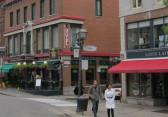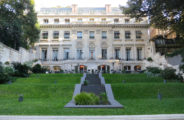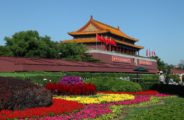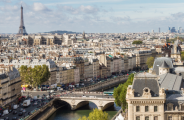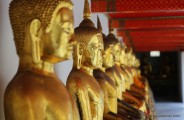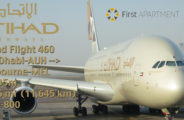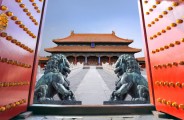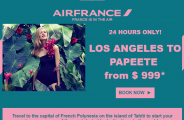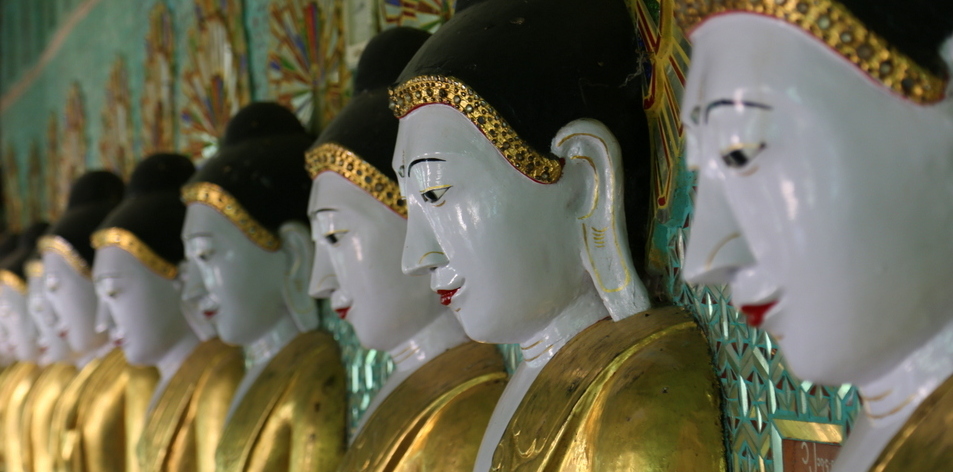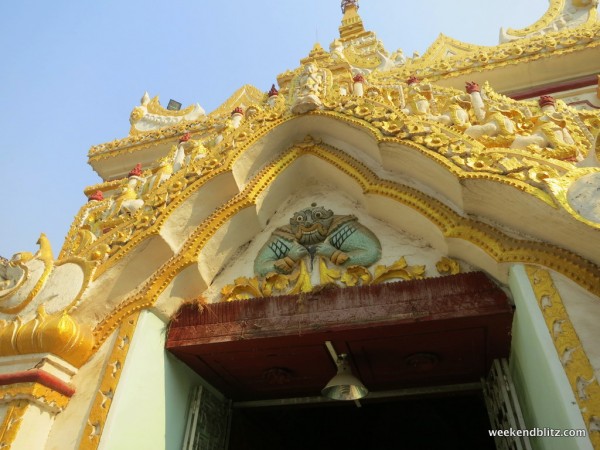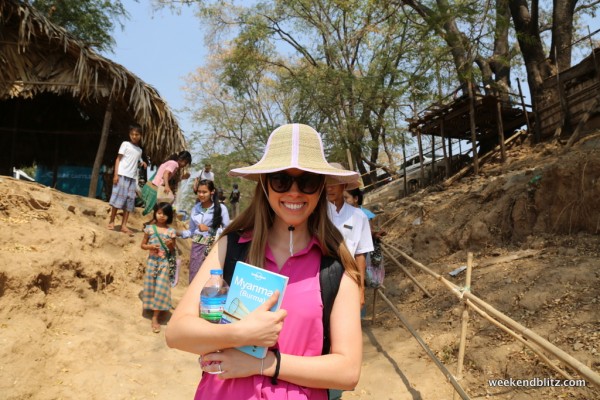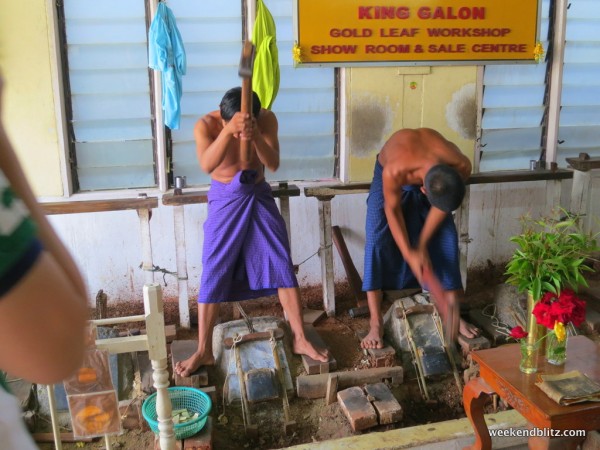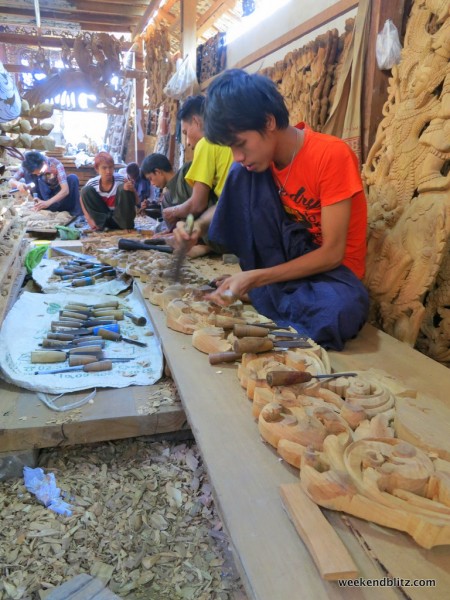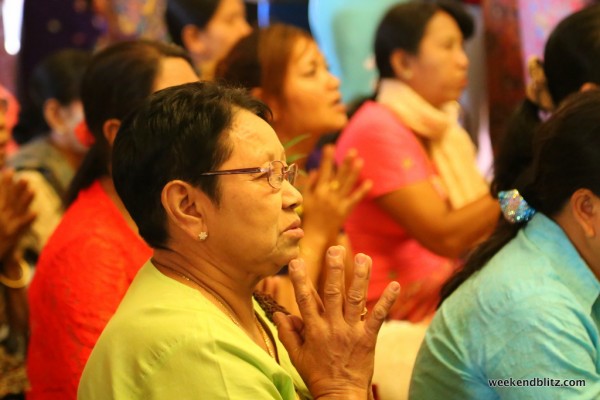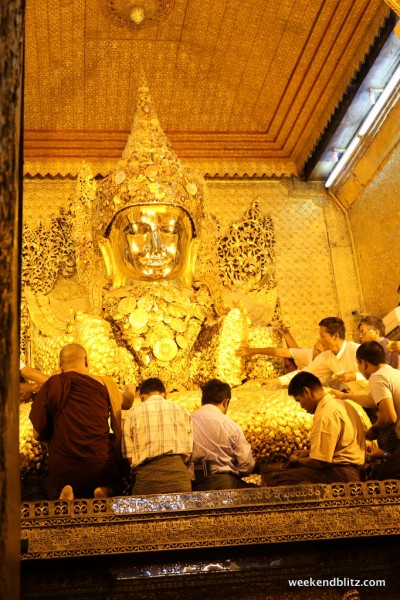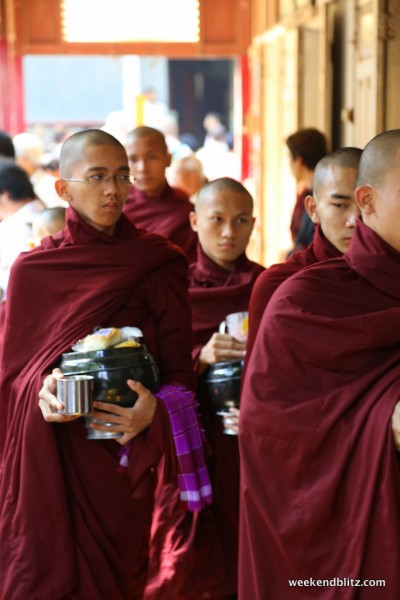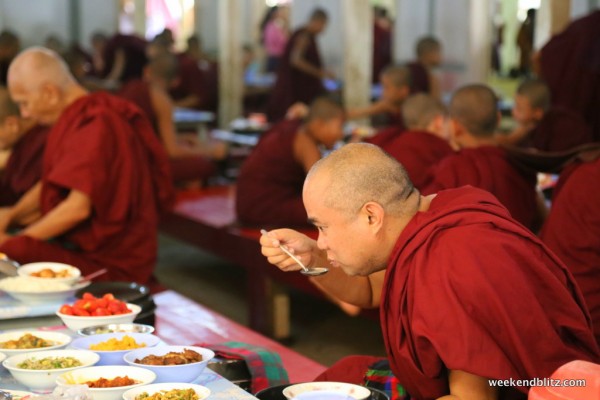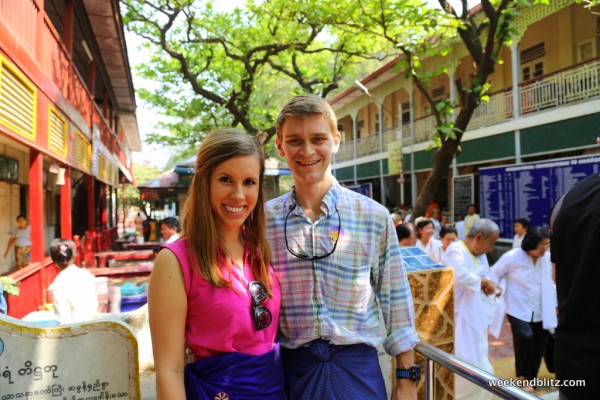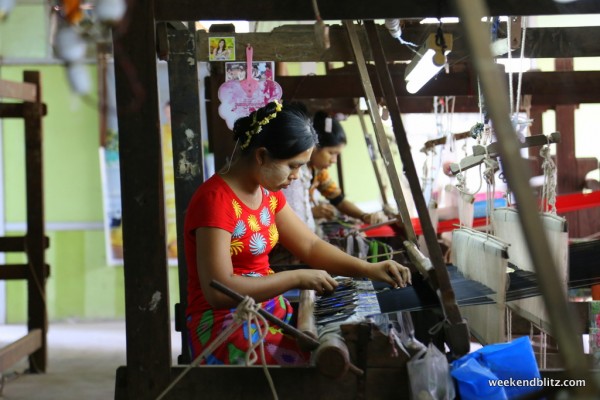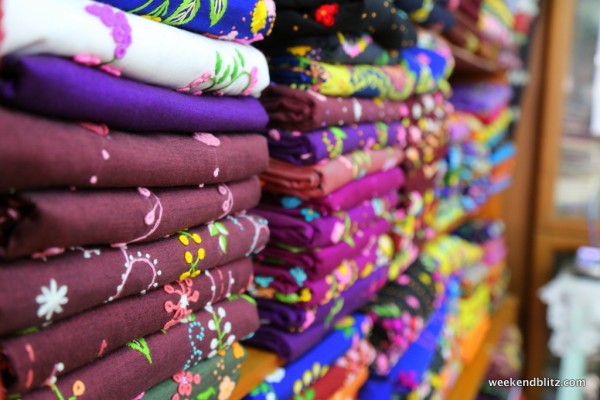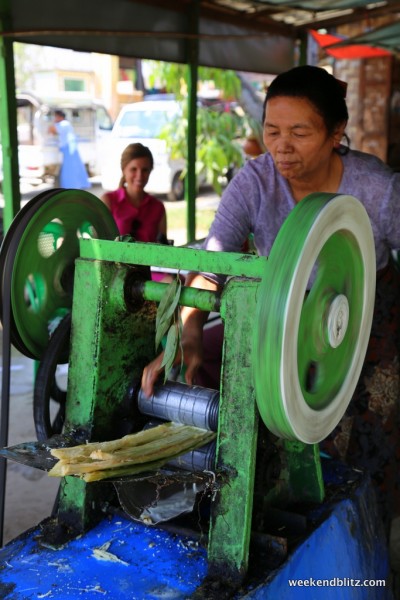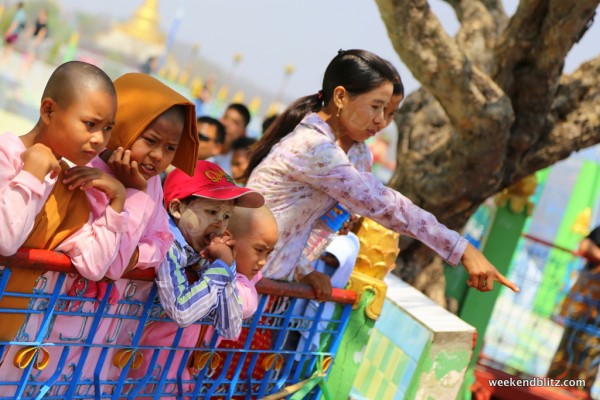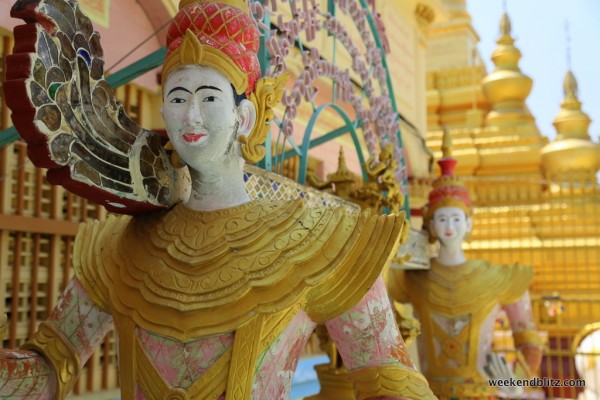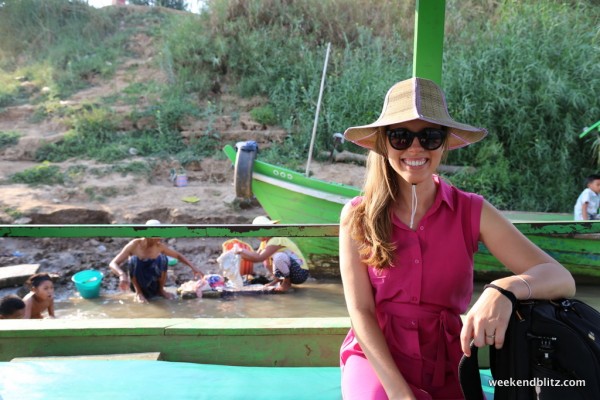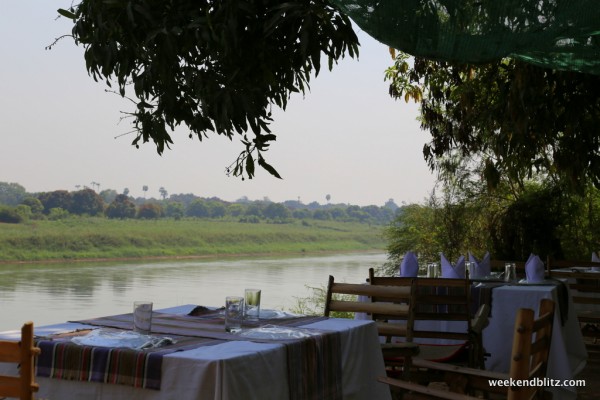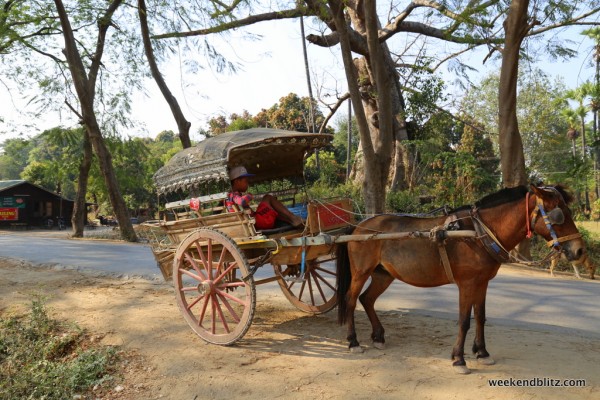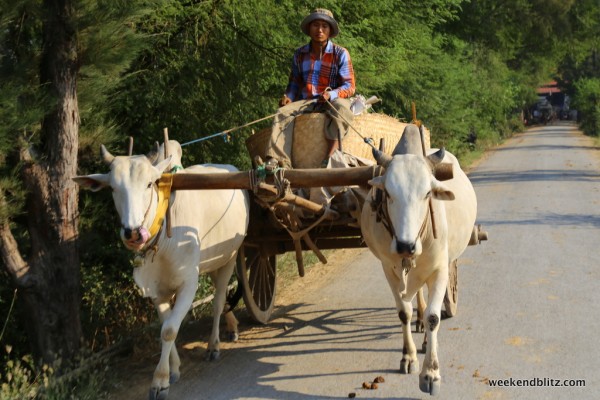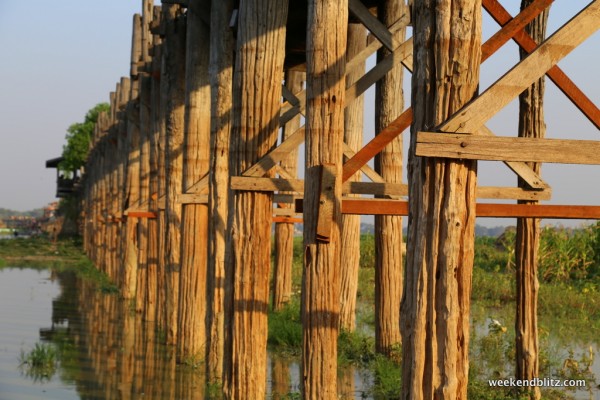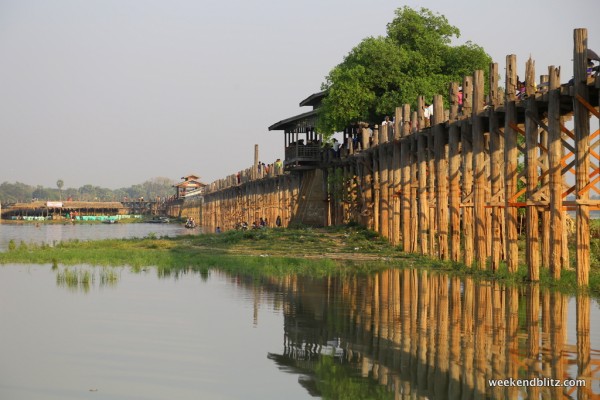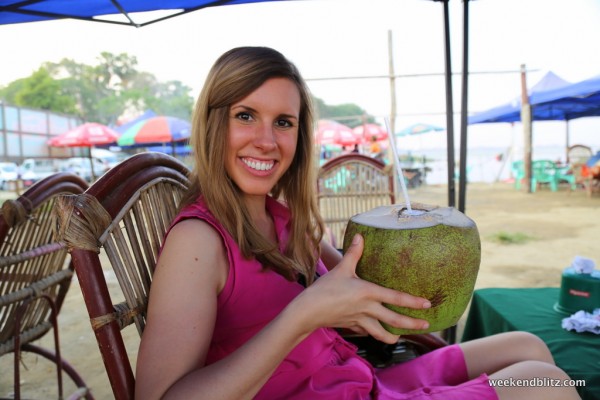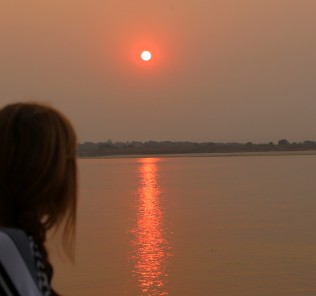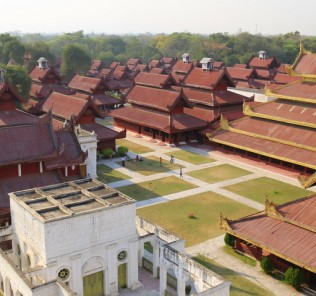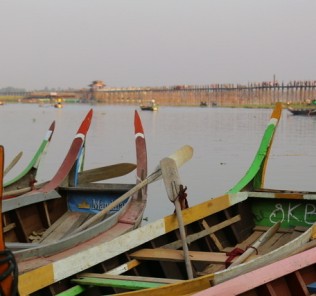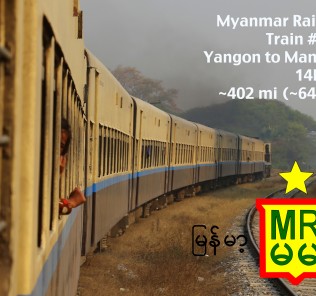A Tour of Three Royal Capitals – Mandalay, Myanmar
- 48 Hours in Bangkok
- A Tour of Three Royal Capitals – Mandalay, Myanmar
- Off We Go!
- ANA Flight NH1011 – Chicago-ORD to Tokyo-NRT – B777-300ER
- Let’s Go: Yangon, Myanmar
- KAL Lounge Review – Tokyo Nartia-NRT Terminal 1
- Shwedagon Pagoda + Surrounding Area
- A Ride on the Circle Train – Yangon, Myanmar
- Let’s SEE: Yangon, Myanmar
- How-to: Booking a Train Ticket on Myanmar Railways
- Myanmar Railways Train # 3(Up): Yangon to Mandalay
- Let’s Go: Mandalay, Myanmar
- Video: Myanmar Railways Train # 3(Up): Yangon to Mandalay
- Bangkok Airways Flight # PG 710 Mandalay-MDL to Bangkok-BKK
- Mandalay Palace
- ANA Flight NH 913 – Tokyo-NRT to Yangon-RGN – B767-300
- Irrawaddy River Cruise: Mandalay to Bagan, Myanmar
- Let’s Go: Bagan, Myanmar
- Renting E-Bikes in Bagan, Myanmar
- Let’s Go: Inle Lake
- Asian Wings Airways # YJ 881: Bagan-NYU to Heho-HEH, Myanmar
- Around Inle Lake, Myanmar: Part 1
- Around Inle Lake, Myanmar: Part 2 – Indein
- Inle Resort & Spa: Photo Gallery and Review – Inle Lake, Myanmar
- Air KBZ Flight # 266 Heho-HEH to Mandalay-MDL
- Traveling to Myanmar Using Miles and Points
Just on the outskirts of Mandalay are not one but three former royal capitals (Sagain, Ava and Amarapura) and the typical tourist path explores all three small villages in one day. So, of course, we signed up for the tour. How can you miss seeing three royal capitals that are right under your nose?
In typical Jeffrey-and-McCown fashion, we had no idea what to expect when we first arrived (we’ve gotten into a habit of planning the cities and towns along our stop – for flying/training/busing purposes, but nothing to do in the city, so when we first arrive, it’s a bit like a deer-in-headlights syndrome). Several tour companies on TripAdvisor offer these excursions for the set price of about $35/person (with 6-8 other tourists), but we decided to book through our hotel at the last minute for $45 total for the private tour–just us and a driver for 8 hours. To be fair, the TripAdvisor-rated tours offered a little more for the higher price (lunch and an English-speaking guide) AND to be MORE fair, we decided to book through our hotel solely because the tour companies were full/didn’t respond at 7pm the night before we wanted to take our tour, but, don’t worry, it all ends well.
Our driver, Lu, met us at our hotel at 8:30am. He spoke very good English and, like all Burmese we’ve met so far, was welcoming and very kind. While the hotel stressed that he would be our driver not guide, he turned out to want to genuinely share as much about his hometown as possible – he was a true guide to us. As a native of Mandalay, he was able to share details of the city and eager to pull of the road to be sure we got a photo opportunity at each and every landmark.
Our first few stops were within Mandalay. We headed first to a gold leaf workshop, where they hammered gold into gold leaf, then sold 1×1 inch squares to the people of Mandalay to adhere to Buddha.
They also made small statues and other souvenirs for sale in their adjoining shop. We found it hard to believe that all the gold-plated items in their souvenir shop were really made in their workshop as it seemed more for show than anything else, but hey, it is a neat thing to see them hammering gold into gold leaf regardless and we didn’t feel obligated to buy the trinkets in their gift shop.
Next up, also in Mandalay, we stopped at a wood carving workshop, where men chiseled away at wooden figures, ranging in size from handheld to 3x the size of a person. It was pretty incredible to get an idea of how Burmese have been carving wood and hammering gold for centuries, then to head to a pagoda to see these wood carvings and gold leaf in action.
On our way out of town, we stopped at the Mahamuni Pagoda, which has a large Buddha with no women allowed inside the main section. Men are welcomed to apply gold leaf squares directly to the Buddha and I saw many women handing gold leaf squares to men headed into the inner quarters, apparently asking them to apply some gold leaf for them. The women are relegated to the outskirts and are able to watch the men delicately apply the gold leaf squares via a (ironically, static-y) tv screen.
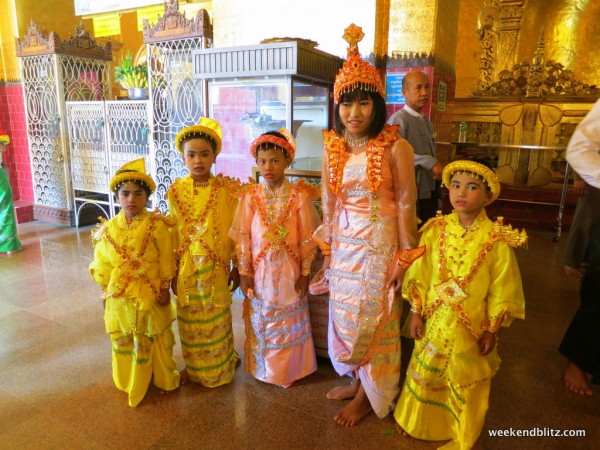
There were more locals at this pagoda than at any we’d visited before, but there were plenty of tourists, too, and they were certainly instating the 1000 kyat camera fee.
After the pagoda, we were headed to the outskirts of town to the Mahagandayon Monastery. We arrived around 10am, just as the monks were lined up to eat lunch.
It was such a peaceful experience to see the line of 1,100+ devout monks clad in dark red robes ready for their last (!) meal of the day. As you might expect, feeding this many people is no easy feat, but plenty of volunteers (mostly older women from the community) make the task appear seamless. At the end of their meal, the monks were served delicious-looking ice cream in all sorts of tasty looking colors. My mouth was watering for the treat that I was sure I would not be invited to try and then … guess what! A sweet old man offered me a bowl! I dug my spoon in for a heaping spoonful and BAM… was hit with my very first taste of what I now know to be the flavor of durian, a fruit that makes me want to vomit every time I unknowingly taste it these days. (Is it bad that Jeffrey and I try to mask our look of disgust after tasting it just to see the other’s face when they bite into the ice cream, cookie or candy with that flavor now???)
From the monastery, we then stopped by the tapestry weavers’ workshop, where women were hard at work making beautiful, golden threaded tapestries, pillows, wallets, longyis and more.
Although they’ve turned these workshops into tourist traps to some degree, it is nonetheless interesting to see how these intricate designs are created and the care that these women put into each item. Again, no need to buy souvinirs, but we are glad to we stopped to see the artwork of the Burmese in these workshops.
Our first former royal capital was Sagain: once a sprawling, ancient city with numerous pagodas on rolling hills, this dirt village has lost much of its glamour and today is more of a sleepy village than a powerful city. We passed several beautiful pagodas gleaming in the sunlight and stopped to explore several others. As with all pagodas, the vendors are lined up to the very door of the pagaoda entrance selling all sorts of souvenirs. The juxtaposition of secular goods with women literally chasing you down to buy a bracelet compared to the calm and quiet inside the pagoda never fails to leave me feeling overwhelmed and a bit stupefied. Our guide talked us into trying the popular sugarcane drink outside the pagoda, which we’ve seen many monks slurping through a straw outside pagodas, so thought they must be delicious. Despite the numerous flies huddling around the strainer which had kept us from jumping in and trying it previous times, we gave it a go after our guide suggested it (it’s on him if we keel over from some sort of fly-disease now).
The sugarcane is put through a large press countless times to extract its juice. Once all the juice has reached the bucket, it’s strained to get the pulp out, then served with lime and ice. YUM. For just 500 kyat (50 cents), it was refreshing and not too sweet.
My favorite stop of the day was Sagain Hill, where the expansive pagoda was extra colorful — with bright blue railings and shimmering statues holding gems of every kind. The brilliant colors and the hilltop setting made this one pagoda more memorable than many of the others we’d visited, plus the locals (and many child monks + nuns) made it seem a bit more special, too. I highly recommend this stop as it was my very favorite in the Mandalay area.
From Sagain, we headed to Inwa, known to the British as Ava. Lu, our driver, dropped us off at theAyeyarwady River (aka Irrawaddy River), where a small ferry took us over the river in about 3-5 minutes and dropped us off in Inwa/Ava (the ferry costs 800 kyats/person round-trip).
No cars are allowed in Inwa, so this town really harkens back to the days of old and the preferred mode of transportation is horse and cart (which sounds exciting and glamorous before you get in the back of this bumpy carriage!). Our first stop was a great restaurant along the river bank, Ava Maria. Be warned, tourist pricing is in full swing, but this is relative. We were shocked at the 6,000 kyat ($6 USD) pricetag on the day’s special: beef with pumpkin curry. But, luckily, this price gouging was easier to swallow (a $6 lunch, in the grand scheme of things, is still a steal anywhere else in the world).
The horse and cart picked us up from our restaurant and we were bumping along from pagoda to watch tower to monastery for a few hours. It was a fun experience just in the horse and cart– I felt like I was Scarlett O’Hara or some other 1800s girl with a hoop skirt. (But really… how did they stand it from city to city as the bumps in the road were magnified x100 when you’re in those big-wheeled carts.)
Regardless of the bumps, the experience was extra fun and added a new spin to seeing more pagodas and more monasteries. The carts themselves were decorated with bright colors and the drivers were friendly and kind, though somewhat monotonously pulling up at each stop along the way (they do, after all, do it every single day). The horse and cart costs only 8,000 kyat (about ~$8 USD) for about two hours worth of riding PLUS the experience of the horse and cart, quite the deal.
Our final stop (after crossing the river in the ferry back to Lu) was Amarapura, where we got to spend some time taking in the sunset at the longest teak bridge in the world: the U Bein Bridge. The teak bridge is (sorry for the disillusionment) a bit less than impressive when you have the high expectations of “longest in the world” hurled at you before arriving.
Tourists were dripping from every. single. inch. of this bridge and my fear of heights coupled with the lack of railings AND added to the huge amount of tourists walking on the bridge made me cringe with every step I took on this wooden bridge. I got about 1/4 of the way across and then just turned and ran back for the side. #lame, I know. I found I enjoyed the view much more from the little restaurant and happily drank my fresh coconut juice with the bridge in my eyesight rather than under my feet.
Our day exploring the three former royal capitals was quite the learning experience. But most especially, the day reminded me how quickly the world can change. These three villages that were once bustling capitals, that’s right: HOME TO A KING… are now home to almost no one.
